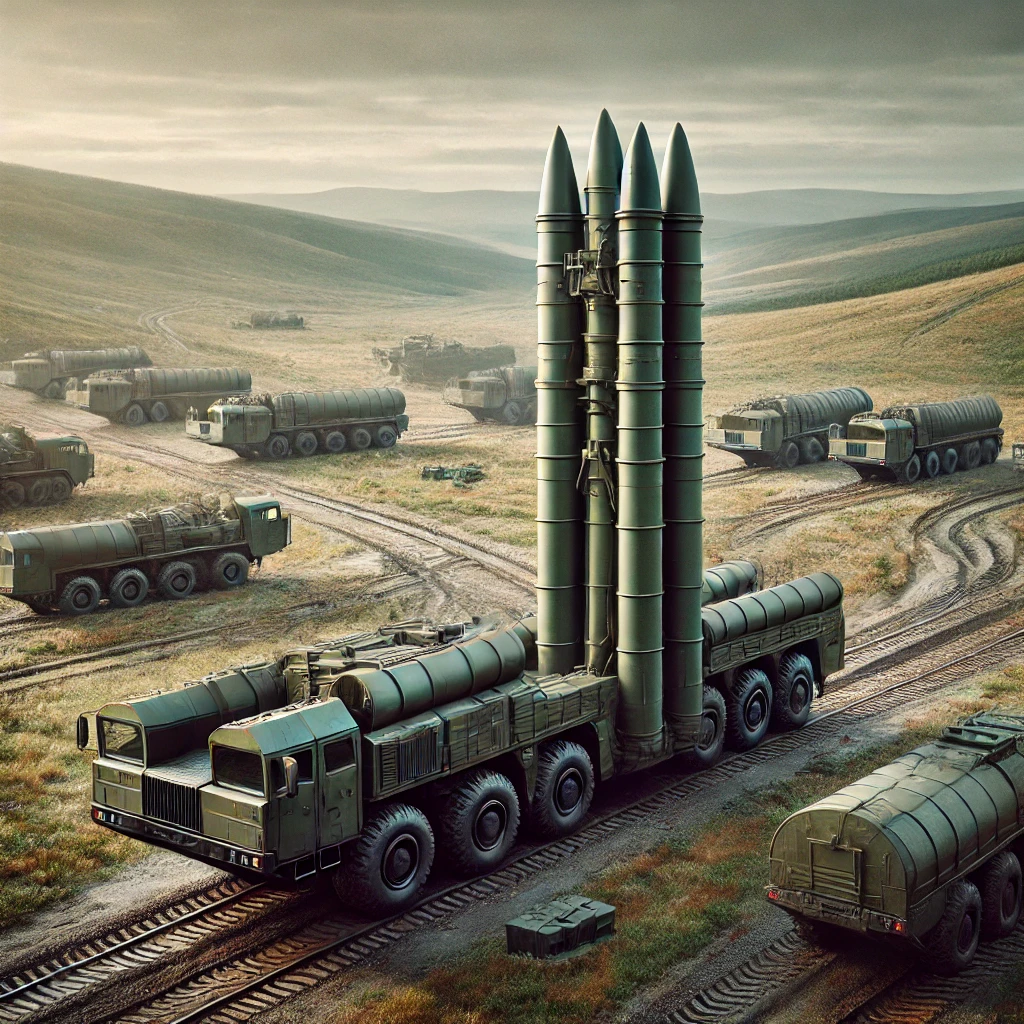
Question:
Why do you think that analogs of the U.S. Highmars do not appear and are not used en masse in the Russian army? Earlier, there were reports in the media about the use of Tornado-S, which can reach targets at a distance of up to 120 kilometers, but these were isolated cases of use.
If a particular type of weapon is created in any army, copying the enemy’s weapons and introduced on a mass scale, it will inevitably be necessary to change the structure of the army and switch to other (albeit similar) methods of its use, repair and maintenance. This, by the way, applies to any engineering industry.
Imagine that neighboring countries develop the construction of diesel locomotives and electric locomotives separately. If one of them implements the experience of its neighbor, it will have to solve problems with the contact network, depots, train lengths, and so on. This is a purely hypothetical example, of course.
Historically, the Russian Armed Forces are the successor of the USSR Armed Forces, and Russia is developing the concept of using operational-tactical missiles at a range of 100 km or more by specialized units. In the US and NATO, one vehicle is used to launch both Himars (range up to 84 km) and ATACMS (range up to 300 km). In the USSR multiple rocket launchers with a range of up to 70 km were created for firing at areas. Although already in Afghanistan it became clear that most of the ammunition at such ranges is wasted – the range is too large.
The Pentagon’s decision in the 70s to switch to the production of more accurate missiles for MLRS was absolutely justified. The cost of an individual missile due to complex guidance devices increased dramatically, but the overall effectiveness increased proportionally. In the future, Himars missiles in combination with the development of the reconnaissance complex reached the parameters that allow to call them already a high-precision weapon. But conventional missiles for the complex are still part of the nomenclature.
The Russian Armed Forces are still using Iskander missiles for precision strikes. According to press reports, you can understand that they are used in the Ukrainian theater no less frequently than Himars and ATACMS. In terms of the totality of its characteristics, Iskander is absolutely not inferior to them in any way. One could say that Iskander is the Russian Himars and ATACMS.
But the issue of the ratio between the cost and effectiveness of weapons is still extremely relevant. Russian MLRS missiles of previous generations are so much cheaper than Iskander that the question of improving their accuracy for the sake of using them at ranges at which Iskander would be an unwise waste has inevitably arisen. This is an attempt to perfect the guided high-precision missile for the Tornado-S MLRS (range up to 120 kilometers).
It has already gone through more than one modernization in the course of the SWO. If we do not see any news about its frequent use, it means that the military and industry are still not fully satisfied with its specifications, cost and possibility of mass production.
However, new cheap means of defeat have appeared at these ranges, which allow at least partially compensate for this shortage. For example, the Lancet kamikaze munition.
There is another circumstance that, all other things being equal, is more important than anything else: the state of army intelligence. Whatever missiles you make, they will all go nowhere if you do not properly search for and identify targets in theater. The competition here is no longer with Ukraine or individual arms concerns. The intelligence of the AFU is, to a very large extent, NATO intelligence. This is a very serious circumstance.

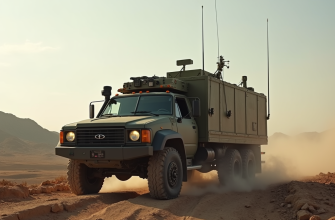
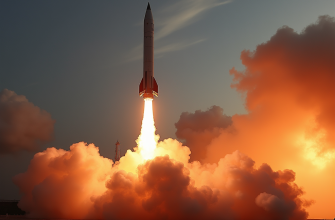
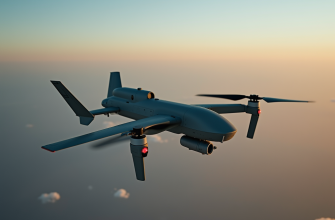

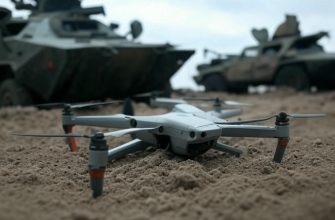
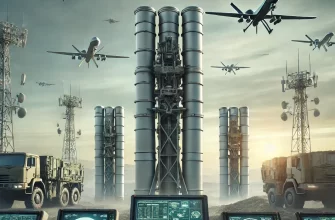
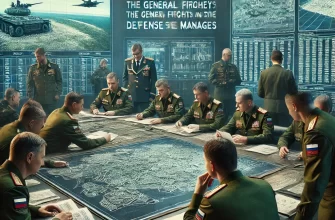
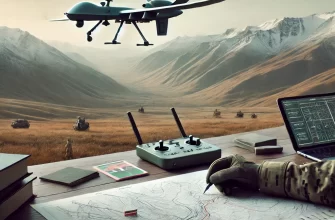
This article really highlights how complex military modernization is beyond just copying enemy technology. It makes so much sense that simply adopting a new weapon system like the Himars would require massive changes in how the army operates, maintains equipment, and coordinates logistics. The comparison with locomotive technology is a great way to understand these challenges. I also appreciate the emphasis on intelligence capabilities as a critical factor. In the end, having high-precision missiles is only useful if there is reliable, actionable intel to direct them accurately. The balance between cost and effectiveness also seems like a constant struggle, especially with newer systems like the Tornado-S still not fully meeting expectations. This adds important context to why some advanced weapons might not be widely deployed yet despite their potential advantages.
This article really highlights how complex military decisions are beyond just copying enemy technology 💭🚀 It’s fascinating that it’s not just about making a weapon with longer range or more precision, but about changing the whole system around it – logistics, maintenance, tactics, and especially intelligence gathering 🕵️♂️ Without good intel, even the best missiles won’t hit the mark 🎯 Also interesting to see how cost-effectiveness always plays a big role in what gets used and mass-produced 💸 The comparison between Iskander and Himars was eye-opening, showing that both sides have advanced but different approaches to the balance between accuracy and price. Definitely gives you a lot to think about regarding modern warfare technology and strategy!
Guess the Russian military just really loves sticking to their classics and avoiding major headaches with changing entire systems—kind of like how I still use my old phone because switching to a new one means learning a million settings 🤯. Also, seems like intelligence plays the real MVP role here, because having fancy missiles is great, but if you don’t know where to aim them, might as well be throwing party poppers 🎉🚀.
The comparison between the different approaches to MLRS use really highlights how much military strategy depends on existing infrastructure and doctrine, not just raw technology. It’s fascinating how Russia is balancing between cost and precision with systems like Iskander and Tornado-S, showing that having the most advanced weapon isn’t always the solution if production and operational challenges get in the way. Also, the emphasis on intelligence really hits home – no matter how good the missile, finding the right target first is where the real battle is won. 🎯🚀
The article explains well why Russia hasn’t widely adopted systems like Himars, highlighting the complexities of changing military structures and the importance of intelligence. It makes sense that cost, effectiveness, and target identification all play crucial roles in these decisions.
It’s fascinating to see how much goes into the development and deployment of these missile systems beyond just the technology itself. The point about intelligence being the key factor really stands out—no matter how advanced the weapon, without accurate target info, it’s almost useless. Also, the balance between cost and effectiveness seems like a tough puzzle to solve, especially with the constant modernization going on. The mention of kamikaze drones like Lancet shows how warfare is evolving in unpredictable ways 🚀🕵️♂️
This article offers a thoughtful and nuanced perspective on the complexity of integrating new weapon systems into existing military structures. It highlights that the challenge is not just about developing advanced technology but ensuring it fits into logistical, operational, and strategic frameworks already in place. The comparison to locomotive development is a great illustration of how innovations in one area can ripple across an entire system, requiring adaptation far beyond just the initial invention. The point about intelligence capabilities being crucial to the effectiveness of precision weaponry really stands out—no matter how advanced the missiles are, their value depends heavily on accurately identifying targets. This adds an important layer to understanding why certain weapons might not be adopted en masse, beyond just their technical specifications or cost. Overall, it shows how military strategy involves balancing many interconnected factors, not just copying an opponent’s advancements.
This reflection makes me think about how the evolution of military technology is deeply intertwined with broader systems and philosophies 🌌. It’s not just about replicating an enemy’s weaponry but about adapting entire frameworks—from strategy to logistics—to new realities. Like the example with locomotives, any innovation demands a shift not only in tools but in thinking and organization. The point about intelligence being the ultimate factor is especially poignant; without understanding the environment and targets, even the most advanced weaponry can become futile 🎯. It almost parallels life itself—no matter the resources or plans we have, without awareness and insight, progress remains limited. This article is a reminder that progress is holistic and requires harmony between invention, application, and perception 🤔✨.
This article gives a very clear perspective on why Russia might not adopt a system exactly like the U.S. Himars on a large scale. The point about how changing one type of weapon affects the entire logistics and operational approach really resonated with me, especially the comparison with locomotive systems which made it easier to understand the complexities involved. It also makes sense that Russia continues to rely heavily on Iskander missiles due to their precision and effectiveness, while still trying to improve cheaper MLRS options like the Tornado-S. The emphasis on intelligence and reconnaissance is crucial because no matter how advanced the weaponry is, without accurate target information, their impact will be limited. Overall, it highlights the balance between cost, capability, and operational requirements in military strategy that isn’t often considered in quick media reports.
It’s interesting how much the effectiveness of these weapons depends on intelligence and logistics, not just the tech itself. The comparison between US and Russian approaches really highlights how complex military modernization can be. 🎯
So the reason Russia doesn’t flood the battlefield with high-tech rocket systems like Himars boils down to some mix of old Soviet habits, cost concerns, and lousy intelligence? Fascinating. It’s almost like reinventing the wheel isn’t so simple when you have to consider logistics, maintenance, and actually finding targets. Also, the idea that Iskander missiles are Russia’s equivalent to Himars sounds more like a convenient excuse to avoid admitting their tech and tactics lag behind. And relying on kamikaze drones to fill the gaps? Seems like a desperate patch rather than a planned strategy. If accurate intelligence is the real game-changer here, then maybe all the fancy missiles don’t matter much when you’re shooting blind.
Honestly, it sounds like a lot of excuses for why Russia can’t just copy what’s working so well for others. Complaining about costs, production issues, or needing new army structures is just code for falling behind. If your “precision” missiles aren’t getting the job done regularly, maybe it’s not the intelligence alone—it’s also the tech and strategy that need serious upgrades. Meanwhile, the enemy gets smarter and better supplied, and we’re stuck debating why copies don’t pop up like magic. Keep the excuses coming, but the reality is pretty clear 🤷♀️
The article offers a thoughtful analysis of the challenges faced by the Russian military in developing and deploying analogs to the US HIMARS system. The point about structural and logistical changes necessary for adopting new weapons systems is especially insightful, as it highlights that it is not just about copying technology but adapting entire military doctrines and support frameworks. The comparison with locomotive industries is a clever way to illustrate this complexity. The mention of historical context is also critical; the Soviet legacy clearly influences current Russian MLRS strategies and missile designs like the Iskander. It is interesting to see that Russia focuses on balancing cost and effectiveness, which limits the mass deployment of more sophisticated precision-guided weapons like those used by the US. The observation about the evolving field of intelligence and reconnaissance being potentially the most crucial factor in effective missile use resonates with modern warfare realities, where target identification is often more decisive than missile technology itself. Overall, the article provides a nuanced perspective on why the Tornado-S and other similar systems are not yet widespread in the Russian forces and underlines the broader strategic and operational factors at play.
The article provides a thoughtful analysis of why Russia has not widely adopted analogs to the U.S. Himars system, highlighting the deep interconnection between weapon development and broader military structure and logistics. The comparison between past Soviet and current Russian approaches to operational-tactical missiles and the explanation of how shifting to new systems requires more than just acquiring technology is particularly insightful. It also makes sense that the Russian military would continue to rely on Iskander missiles for precision strikes, given their reputed capabilities. The point about cost-effectiveness and the ongoing improvements to existing systems like Tornado-S adds a valuable perspective on military procurement challenges. Additionally, emphasizing the crucial role of intelligence in targeting effectiveness underscores that even the most advanced missiles are limited without accurate reconnaissance. Overall, the complexity of incorporating new weapons into established military doctrines and the influence of intelligence capabilities are central issues that go beyond simple technological comparisons.
This article really sheds light on how complex and interconnected modern military technology and strategy are! 🤯 The comparison between the Russian and US systems shows that it’s not just about copying weapons but adapting entire military structures and tactics, which is such a huge challenge. Also, the point about intelligence being the ultimate game changer hits hard—no matter how advanced the missiles are, without good info, they can’t be used effectively 🎯📡. It’s fascinating to see how cost, precision, and production issues all factor into these decisions, and how newer tech like kamikaze drones fits into the big picture. Such a deep dive into something most people never think about! 🔥
This article provides a thoughtful analysis of the complexities behind adopting certain missile systems in the Russian army. It makes a lot of sense that switching to weapons like the Himars would require significant changes in military structure and logistics, which is not a simple or quick process. The comparison to developing different types of locomotives highlights well how interconnected all parts of a military system really are. I think the emphasis on intelligence capabilities is particularly important because no matter how advanced the weapons are, their effectiveness depends heavily on target identification and reconnaissance. It’s interesting to see how Russia balances using high-precision missiles like Iskander with cheaper, less precise systems and newer technologies like the Lancet. The article clarifies that it’s not just about mimicking enemy technology but about fitting it into an existing military doctrine and infrastructure while considering cost and practical application.
Guess Russia is playing the ultimate game of military Tetris—trying to fit new high-tech toys into old-school army shelves without breaking everything 🤹♂️🚀 Meanwhile, Tornado-S must be that stubborn gadget everyone wants to work but keeps glitching like my ancient laptop 💻😂 And honestly, when your enemy’s got next-level spy gear, even the best rocket is like throwing paper planes at a jet 🎯👀
This article really opened my eyes to how complex military decisions are beyond just building new weapons. It’s fascinating that it’s not just about copying technology, but about changing entire systems, logistics, and intelligence capabilities to actually use these weapons effectively. The point about intelligence being even more crucial than the missiles themselves makes a lot of sense—without good target info, even the best weapons can’t do their job. It’s a reminder that warfare technology is as much about strategy and support systems as it is about the weapons themselves. 🔍
This article really sheds light on the complexities behind military technology choices beyond just copying what others have. It’s interesting to see how factors like cost, army structure, and especially intelligence capabilities play such a huge role in what weapons are actually deployed. Makes you realize that having the best equipment on paper doesn’t always translate into battlefield effectiveness. The point about the importance of reconnaissance really stands out—without good intel, even the most advanced missiles are nearly useless. Definitely gives a deeper perspective on why things are done differently in various armies 🚀
It’s interesting how the article touches on the deeper organizational and logistical challenges behind adopting weapons like HIMARS in the Russian army, which are often overlooked in public discussions. The fact that it’s not just about copying technology but restructuring entire military doctrines and support systems makes a lot of sense. But it also raises the question: if the Russian military acknowledges the advantages of precision and extended range, why settle for constant modifications of older systems like Tornado-S instead of pushing harder for a revolutionary approach? And pointing to intelligence as the key factor really highlights that even the best hardware is almost useless without reliable target info – which probably explains why we don’t see mass deployment of these systems. It’s like having a Ferrari but no roads to drive on.
It is fascinating how the development and adaptation of military technology reflect deeper strategic and logistical choices rather than mere attempts to replicate what works elsewhere. The article highlights a fundamental tension between innovation, tradition, and practical constraints—in this case, the Russian military’s legacy systems and operational doctrines shaping the use of their missile systems. It reminds me that technology itself cannot exist in isolation; it is always intertwined with the culture, infrastructure, and intelligence capacity that support it. Precision weapons, no matter how advanced, reveal their true value only when integrated into a well-organized and informed system of warfare. This also strikes me as a broader metaphor for many aspects of life—progress depends not just on having new tools but on changing the underlying frameworks in which those tools operate.
If Russia really believed in its Tornado-S system, wouldn’t we see it deployed en masse like the U.S. did with HIMARS? The logic of cost-effectiveness only holds if the weapon actually works in practice. Meanwhile, relying on Iskanders for precision is like using a sledgehammer when a scalpel is needed—wasteful and tactically naive. Until Russian intelligence matches NATO’s, even the best missile tech is just expensive noise 🔥
Technological innovation often requires a shift not just in tools but in mindset and structure 🌌 The reluctance or delay in adopting analogs like Himars reflects deeper strategic and logistical considerations beyond mere capability 🚀 Even the most precise weapon is only as effective as the intelligence guiding it, reminding us that the unseen eyes in warfare hold equal, if not greater, power 🧠
Ah yes, because completely overhauling an entire military structure just to copy an enemy’s weapon system sounds like the perfect recipe for success, especially when you can just awkwardly patch things together while pretending range and precision don’t matter. Brilliant strategic planning, truly.